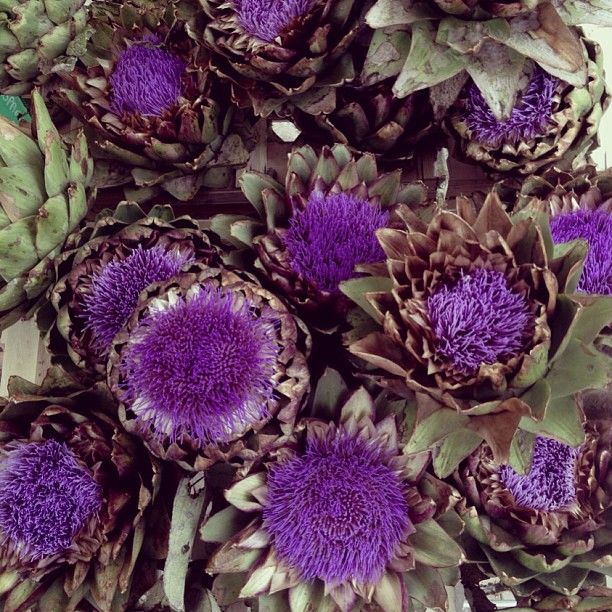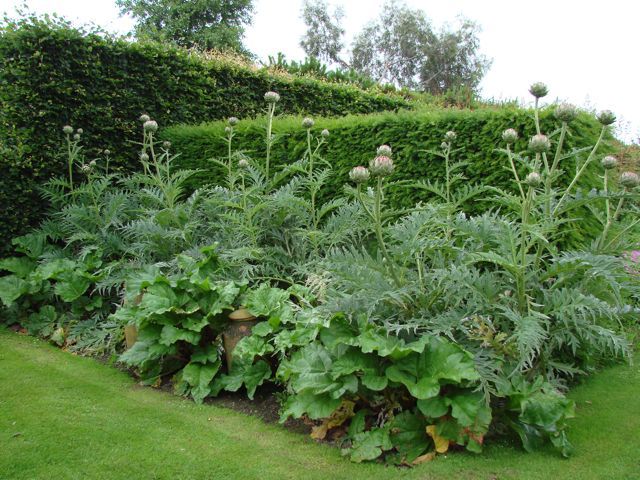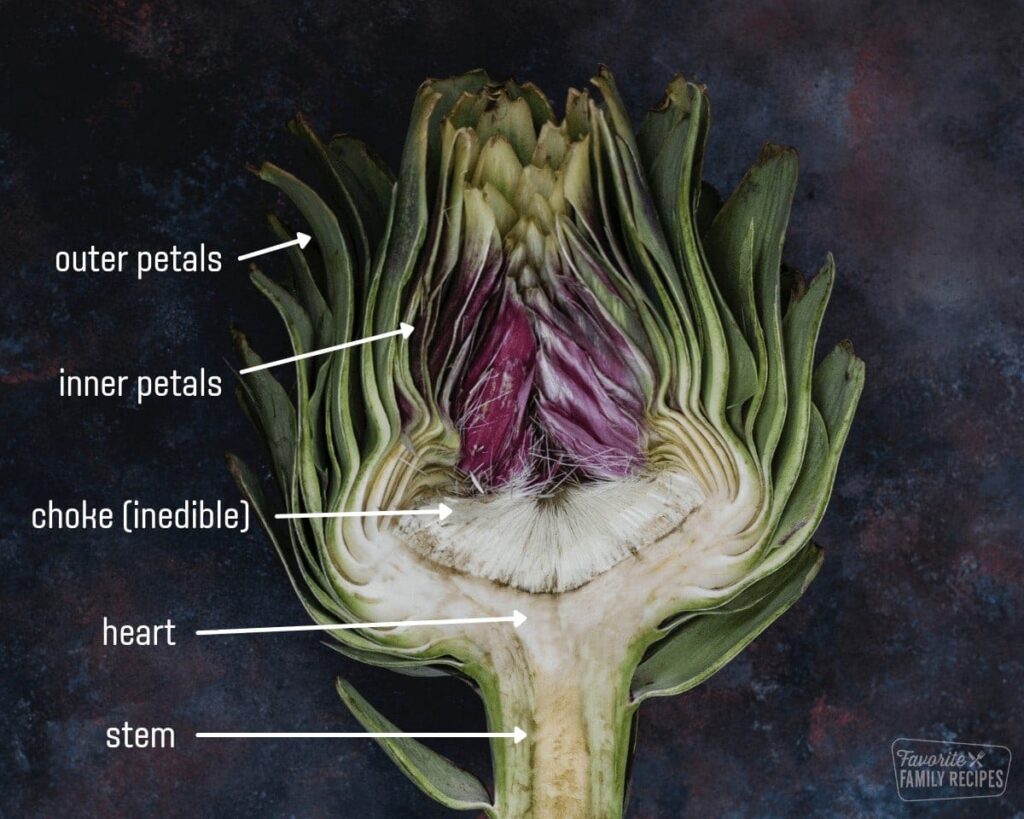
The Artichoke well deserves its own blog and a whole lot more. Why? It is the ultimate accent plant, and it screams majesty and a stunning sculptural showstopper. The artichoke is easily up there in my top ten favourite plants.
Firstly, it possesses huge, truly unique and dramatic, highly serrated grey foliage. Secondly, in mid-spring the edible vegetables rise atop magnificent thick 2-meter-tall statuesque stems. Thirdly if the actual vegetable is not harvested, the following flower is a true bingo. They easily rival any other garden plant for both its decorative appeal and edible produce.
Regrettably the artichoke is often trapped and imprisoned inside the confines of the backyard vegie patch, if planted at all. It needs to be released from this limited space and cultivated all throughout the entire ornamental garden. The artichoke plant is indispensable in my own garden and a mandatory inclusion in most of my garden designs.
If you are not cultivating the artichoke for food production, the flowers are truly unforgettable. I just can’t bring myself to harvest the proffered ripening vegetable, for do it, I would sacrifice and forgo the quintessential glory of the coming flower.
The flower’s width is easily between 20 to 30cm each. Their colour is an exquisite, iridescent peacock purple blue and is reminiscent of a large flat pincushion. More than often, the flowers may become so large and heavy, they require tying and support with a tomato stake or three. If you want to use them as a decorative cut flower for the house, you will need a large heavy vase to support its width and weight. At times I have had to resort to displaying them in a metal bucket with a few bricks inside its base, to prevent the floral display from toppling over.
Though if indeed your prize is to eat your own home grown artichokes, harvest begins when the outside scales of the artichoke are tightly closed. The edible areas are the fleshy parts at the base of the outer scales and the central heart and the bottom of the artichoke itself. If the scales have begun to open, it’s too late, they become inedible,

History
Globe artichokes, ‘Cynara scolymus’, are large thistle like perennials usually grown for their edible immature flower heads. They originated in the Mediterranean and were grown by both the Greeks and Romans. Their common name comes from the Italian ‘articoclus’, deriving from ‘cocali’, meaning a pinecone which the vegetable strongly resemble.
Cultivation
Artichokes are both fully frost and drought tolerant and appreciate at least five hours of full sun each day especially in winter.
The width and height of the plant can reach a good two metres so please factor in its dimensions when planting.
In early summer, after the artichoke’s final flowering, the stems and foliage slowly die down. I suppose they have just completely exhausted themselves from such a spectacular productive season. They truly deserve a well-earned rest and go into hibernation throughout the hot months. But just when you think they have finally given up the ghost, in early autumn, they spring to life again with the resurgence of their unfurling great grey foliage to commence another new season.
They are not that fussy with soil requirements, growing easily in the poorest of soils.
However for myself, because they are so prized, each year, in late summer and again in early spring, I provide them with a rich thick dressing of Seamungus and Rooster Booster, followed by a 10cm layer of sugar cane. There is another variety, where the outer casing of the globe vegetable is purple and is even more decorative when seen against the grey foliage.
The best time to plant? Easy, any time you see them for sale, except in the height of summer when they are dormant. They are very affordable to buy generally under $5 in small pots.

Landscaping
The key to its landscaping success is to team it with other plants with contrasting foliage, that is, colour, size, shape and texture. For an example, in my own back garden, one single mature artichoke plant stands in prime position in full view, at the end of my first introductory path, a length of 10 metres. On the right of it is a hedge of glossy leaved miniature holly, green strappy leaves of liripoes at the front, a few clipped balls of the berberis Rosie Glow and some purple leaved orange flowered cannas. Yep, it’s all about foliage rules.

Happy gardening and have fun
Regards Ned McDowell